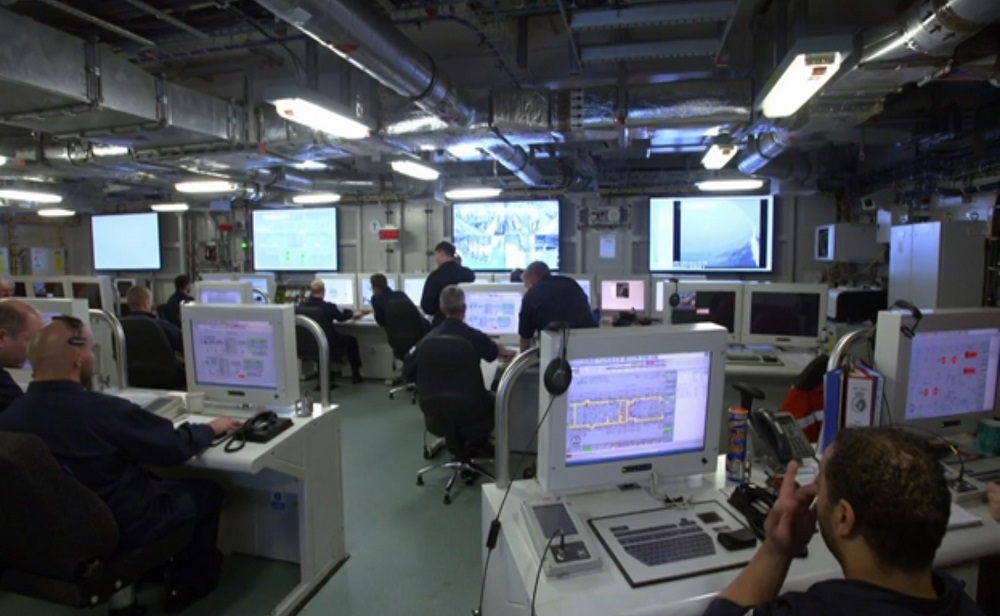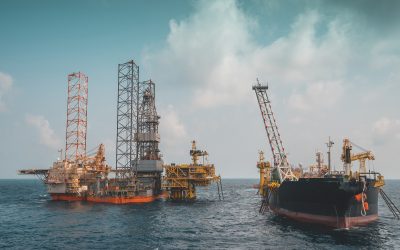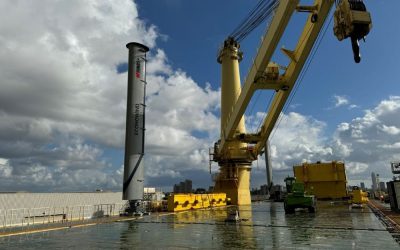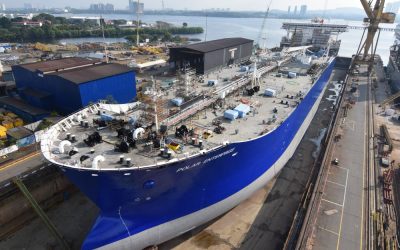By Dr Marco J Cianni, FRINA, FIEAust., FRSA
HMS Ark Royal was the former flagship of the Royal Navy and the third and final vessel of the Invincible-Class aircraft carriers. It was commissioned in 1985 with a complement of 685 crew, 366 fleet air arm and 22 aircraft. At 210 metres in length, a beam of 36 metres and a displacement of 22,000 tons, the ship was a third of the size of the latest Elizabeth-Class aircraft carriers HMS Queen Elizabeth and HMS Prince of Wales with their revolutionary but previously untested highly automated concept requiring a lean-manning complement of 679. These ships can carry 250 troops and three times the number of aircraft.
Compare this to US aircraft carriers such as the USS Enterprise – with a length of 337 metres, a beam of 41 metres, a displacement of 100,000 tonnes, able to carry 80-90 aircraft and with a complement of 4,660 – the Royal Navy’s latest aircraft carriers are a highly efficient, albeit previously untested, manpower cost saving approach.
By using a highly automated weapons handling system – described by the chief marine engineer as being similar to an automated Amazon warehouse requiring 30-40 crew as opposed to an American carrier that requires about ten times as many people to manually move ammunitions – the control room of the Elizabeth-class aircraft carriers can be run with just 6 crew. The HMS Queen Elizabeth’s first Captain Vice Admiral Jeremy Kyd CBE described the ship as “without the crew, it is just an anodyne robot”.
Automation, alongside AI, is also critical in the use of small modular reactors for nuclear-powered submarines and surface ships such as aircraft carriers (in the case of the US navy). The current guidance on staffing levels for small modular civilian reactors is 1.5 people per MW. Since nuclear reactors on submarines and surface ships range from 200-300MW, that would indicate that 300-450 crew would be required for the nuclear reactor alone.
The Astute-class nuclear submarine has a complement of 98 crew with maximum capacity for 109 of which possibly 10 to 12 will be assigned to the nuclear reactor. Clearly the nuclear reactor in surface and submersible ships is a ‘black box’ primarily managed by automation, AI and satellite communications via a tethered or untethered buoy.
Need for automation
The UK Ministry of Defence is focusing more resources on power projection capital expenditure of ships, submarines, aircraft and equipment, which have to be ordered sometimes decades in advance when it comes to nuclear submarines, for example. They are also focused on cutting back on operational expenditure when necessary especially when the major capital expenditure projects run over budget, which they invariably do by two or three times the original budget.Aircraft
Therefore, grey ships of the future will be built on AI, machine learning and connectivity; this forms the basis for the Royal Navy’s modernisation push, giving the Royal Navy more flexibility and control over their operational expenditure, and enabling them to remain within the navy defence budget.
In a future modern combat theatre manned and unmanned vessels will work together, with the manned ships needing to process immense amounts of data from a vast range of sources and acting as the mother-ship command and control centre, setting the parameters of any engagement. However, once the parameters are set, unmanned vessels or drones can act in fire-and-forget mode until they achieve the mission objective or destroy the target.
Following this strategy, the Royal Navy ordered its first extra-large unmanned underwater vehicle (XLUUV) Project CETUS in 2022, which is due to be delivered in 2025.
The Integrated System Control or Integrated Platform Management System (IPMS) of the vessel consists of an Integrated Bridge Management System (IBMS), Battle Damage Control System (BDCS), dead man/man overboard system, along with an Alarm Management System (AMS), propulsion control system (PCS), and more than 10 other simultaneous systems all connected by a triple or dual redundant optical fibre Ethernet network. The AI is contained within the distributed computer system (DCS), which can learn at the speed of light and will be increasingly used for friend-or-foe identification, stealth optimisation through sound and vibration monitoring and control, and automatic countermeasures to protect the vessel the moment it comes under attack. The BDCS is designed to keep the ship operating even when it has been damaged, by rerouting signals through the triple or dual redundant optical fibre Ethernet network, circumventing the damaged parts of the network to bring fires and damage under control in under 30 to 45 seconds.
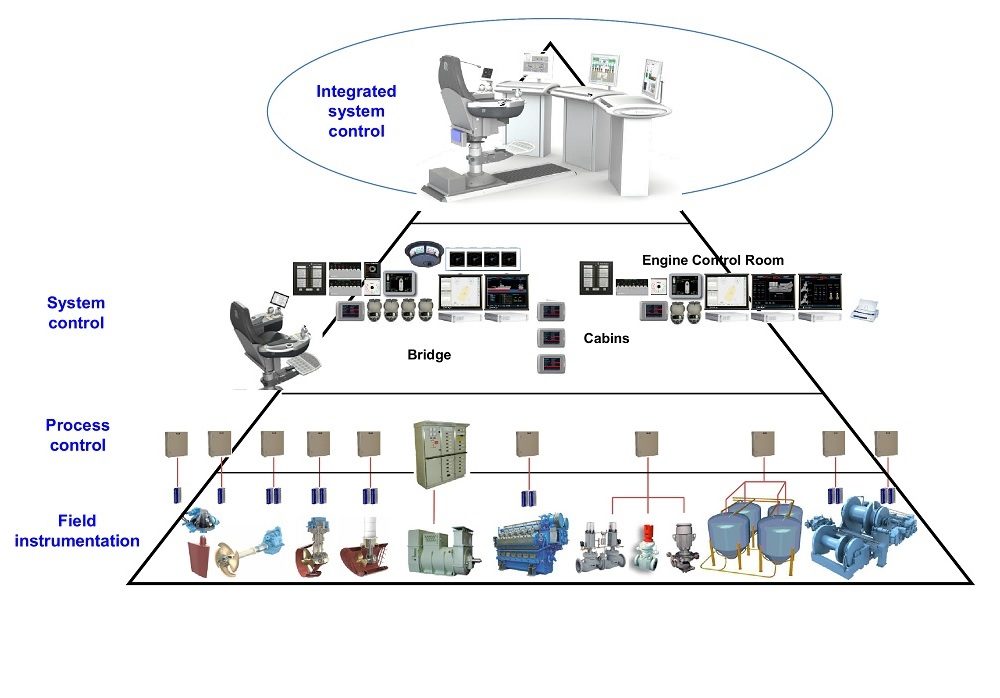
Integrated Platform Management System (IPMS)
But concerns over AI automation and control for tomorrow’s grey fleet remain. A system built on AI is able to make decisions to prevent catastrophic failures or to make decisions to optimise the ships systems without direct input from the crew. This capability will lead to fully autonomous grey ships in the future and subsequent job losses. However, this is still a relatively untested concept in the event of hostilities or enemy action. Therefore, it is theoretically possible that the ship could shut down or even melt down in the case of nuclear-powered vessels.

Dr Marco J Cianni
Dr Marco Cianni CEng FRINA FIEAust FRSA is a fellow of ITEE College and chief technology officer at Raptohna Inc.
